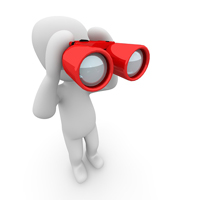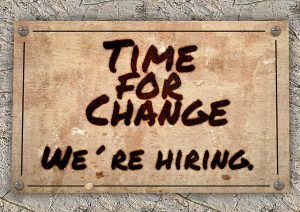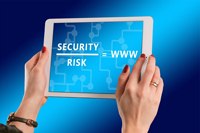 Your body contains over 600 muscles. When one or more of them hurts, it’s hard to concentrate at work, focus at home or function in everyday life. Instead of tolerating muscle pain or myalgia, learn more about what it means so you can fix it and feel better.
Your body contains over 600 muscles. When one or more of them hurts, it’s hard to concentrate at work, focus at home or function in everyday life. Instead of tolerating muscle pain or myalgia, learn more about what it means so you can fix it and feel better.
What Causes Muscle Pain?
You may experience myalgia at any time. It can occur when you overuse certain muscles while working, exercising or playing. Medications, including ACE inhibitors that lower blood pressure and statins that lower cholesterol, can also trigger muscle pain. Rest, pain relievers, hot and cold compresses and certain exercises can reduce or alleviate the discomfort.
However, sometimes your muscle pain is not associated with an activity. It may indicate an underlying condition such as the flu, hormonal imbalance or vitamin D or B12 deficiency. Hepatitis, bacterial infection, Lyme disease, roundworm infection and autoimmune conditions such as lupus or multiple sclerosis can also be causes of myalgia.
What Does Muscle Pain Feel Like?
No matter what causes it, myalgia can exhibit itself in several ways.
- Pain in one or multiple areas
- Dull, sharp, intermittent or consistent pain
- Ongoing pain even when you’re at rest
- Twitching or painful cramps
- Numbness, tingling or burning sensations
- Joint pain
What are the Complications of Muscle Pain?
While muscle pain can be treated, there are complications that could signal a more serious problem. You may need to do more than rest or use a heating pad if you experience these signs.
- High fever
- Shortness of breath
- Difficulty swallowing
- Water retention
- Inability to move a part of your body
- Muscle stiffness
- Muscle atrophy
When Should You Seek Medical Help?
You can treat your muscle pain at home with rest, pain medication, topical treatments and certain exercises. See your doctor, though, if these conditions exist.
- Persistent pain lasts more than 3 days
- Severe pain
- Signs of infection
- Any swelling, redness or rash around the muscle
- Changes you make to your hypertension or cholesterol medication dosage
How Can You Prevent Muscle Pain?
To avoid muscle pain, you can take several steps. Perform proper warm up and cool down exercises when you work out, stretch before engaging in any rigorous activity, don’t sit or stand in one position for too long and stay physically active.















